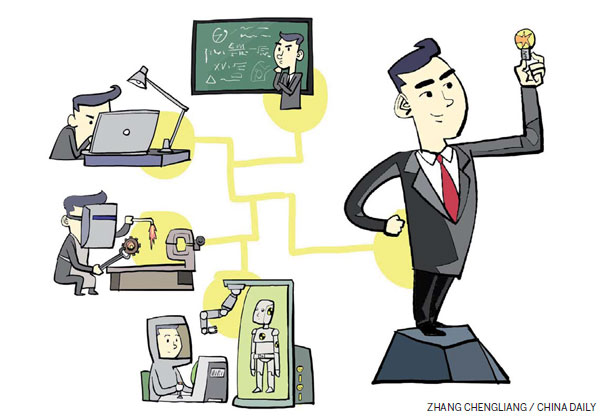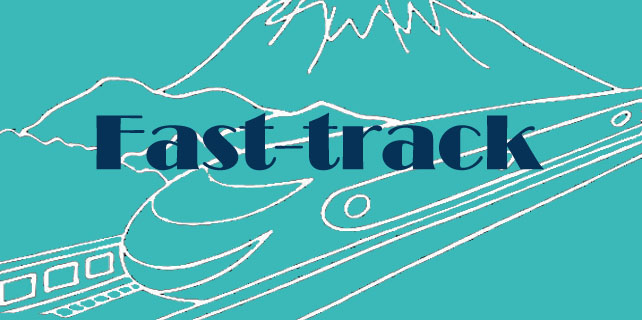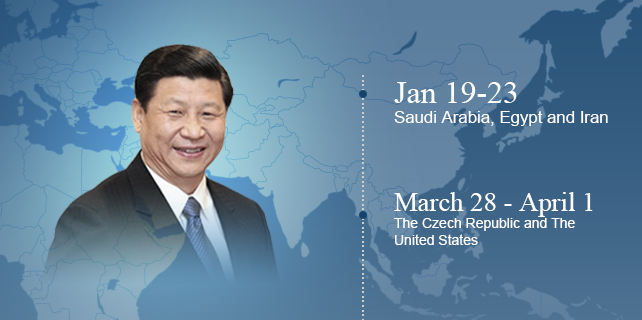Innovation requires tolerance of failure
China's state-owned enterprises are administered by governments at various levels. The number of those monitored by the State-Owned Assets Supervision and Administration Commission of the State Council stands at 103, after years of streamlining efforts.
But as shown in the recently issued Outline of Central Government-led Enterprises' 13th Five-Year Development Plan, they are saddled with great responsibility in achieving innovation-driven development in a bid to help realize the country's goal of power through innovation.
In fact, in recent years, based on some inherent technology advantages, central government-led enterprises have continuously refreshed the innovation record. For example, scientists have utilized aerospace plasma technology to overcome the lean coal ignition problem; China National Offshore Oil Corp completed its first high-yield well test in 2015; and the Shenzhou-11 spacecraft solar wing was 100 percent made in China.

The R&D input by central government-led enterprises has exceeded 25 percent of China's total, which is already responsible for more than 2 percent of its GDP. In 2015, central government-led enterprises won 86 National Science and Technology Awards, or 34 percent of the total.
However, they still have a long way to go.
The outline has raised a new goal for the enterprises: continuously optimizing the structure of state-owned capital; substantively improving the enterprises' innovation-driven development capacity; cultivating a group of multinational corporations with innovation capacity; and boosting international competitiveness.
Compared with the multinationals in developed countries, the Chinese enterprises lack strong in-house innovation. Many in developed countries have large-scale R&D institutes, and a large number of personnel. The R&D input remains at a high level.
Take Dupont for instance. The company had Charles J. Pederson, winner of Nobel Prize in Chemistry in 1987, in its innovation lab. Because of the comparative weakness of the in-house system, central government-led enterprises in China are in short of originality and innovative capabilities.
Right now, a large proportion of R&D capacity in China is confined to universities and research institutions, rather than being possessed by enterprises.
For future innovation capacity building, China needs to adjust the distribution of R&D resources, transferring more to enterprises. Otherwise, the country may get a lot of R&D output, but without harvesting the fruits of innovation.
Since the reform and opening-up policy was adopted, China has developed into the world's factory and has achieved fast economic growth. The technology progress pattern of this round of fast economic development was "technology importation, assimilation and re-innovation".

Most of the innovation activities carried out by large government-led enterprises - such as China Railway Corp, China Mobile, China National Petroleum Corp and China Petroleum and Chemical Corp - followed this trajectory.
However, while the technology gap between China and developed countries is continuously narrowing, the previous pattern of technology progress will not be sustainable. If Chinese enterprises cannot upgrade from technology follower to innovation leader, it can be foreseen that they will fall into a trap in the technology race - that is, while they may approach the high technology level through the old learning pattern, once a new technology field comes into being, they will find themselves on the ebb again.
Therefore, at present, the government-led enterprises face a new innovation goal, with internal and external challenges. Furthermore, the previous innovation trajectory needs to be overhauled as the country enters a new round in global technology competition.
Notably, the Chinese government has provided strong policy support to its enterprises, including the Interim Incentive Measures on Equity and the Dividend for the State-owned Science and Technology Enterprises.
But while a supporting political environment is in place, the enterprises still need to make efforts from within to change conventional thinking and behavior, and cultivate an innovation culture.
They need to develop a culture that tolerates failure. Original innovation progresses by drawing from failures. However, the government-led enterprises do not have such a culture, which means few projects can be terminated halfway.
Nowadays, a newborn innovation model - "iterative innovation", which pushes semi-mature products to the market, and then continuously improves them based on market feedback - has been adopted by some industries that are in highly uncertain and competitive positions. This new model is flexible and effective, bringing many enterprises to a position of advantage in an environment of furious competition.
Central government-led enterprises can hardly embrace this innovation model without rejecting the current management model and creating a new mindset that bravely faces and utilizes failures in the course of technology advancement.
Meanwhile, the enterprises need to develop a culture that dares to put innovative R&D personnel at center stage. When they plan projects, R&D personnel are not in a position to make their own decisions. Therefore, the incentives and enthusiasm for original innovation are not in place within the enterprises.
The ice of bureaucratic hierarchy and authority division should be broken, opening smooth channels for innovation activities.
In an era of globalized innovation, manufacturing activities will no longer be high value-added. Chinese enterprises developed strong manufacturing capacity in the past, which supported industrialization. However, it only brought China to the starting line in the new competitive global race, and cannot guarantee winning the medal for technology power.
Central government-led enterprises need a more risk-taking innovation culture, putting innovation first on their agenda. They need innovation multitasking to realize the transformation mission.
Liu Xielin is dean of the Innovation and Entrepreneurship Research Centre at University of Chinese Academy of Sciences. Wu Sheng is a doctoral student at the academy. The views do not necessarily reflect those of China Daily.
( China Daily European Weekly 01/06/2017 page10)






















